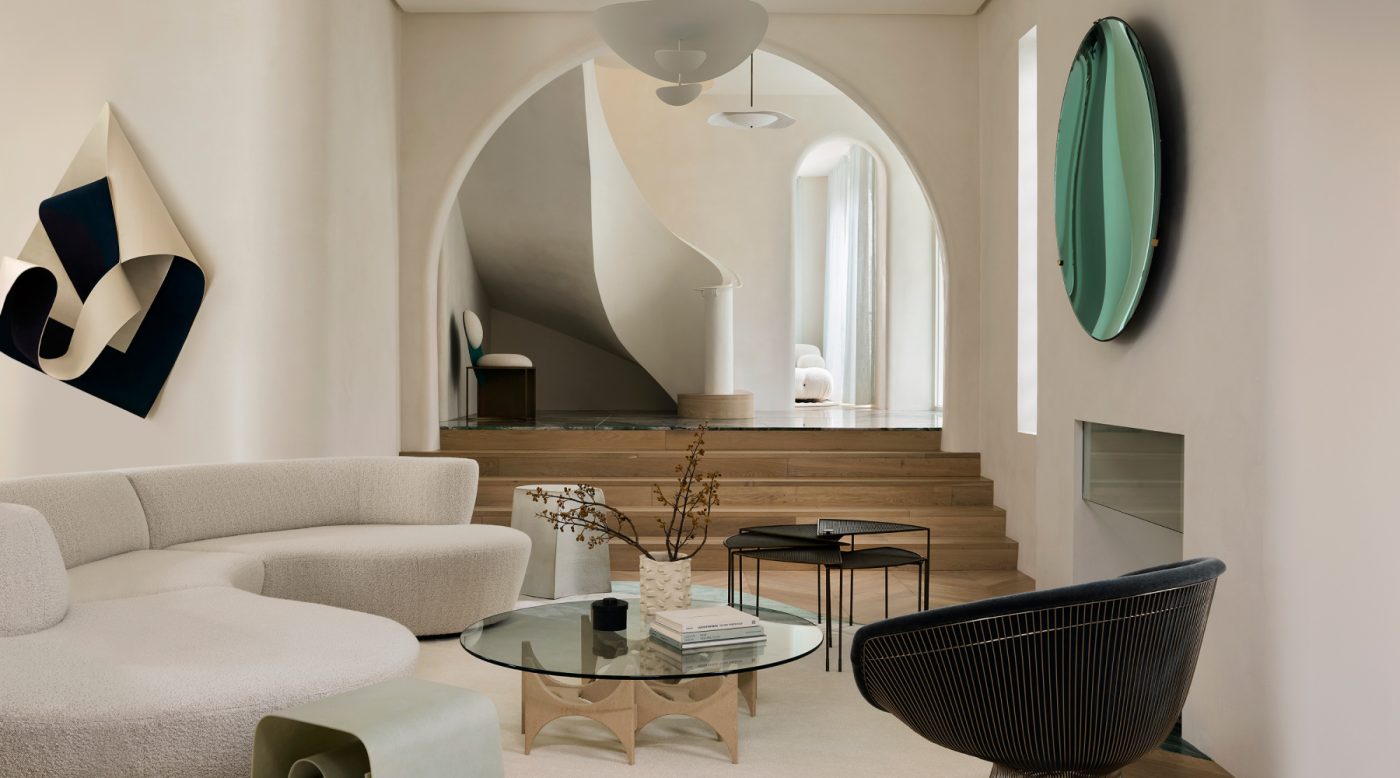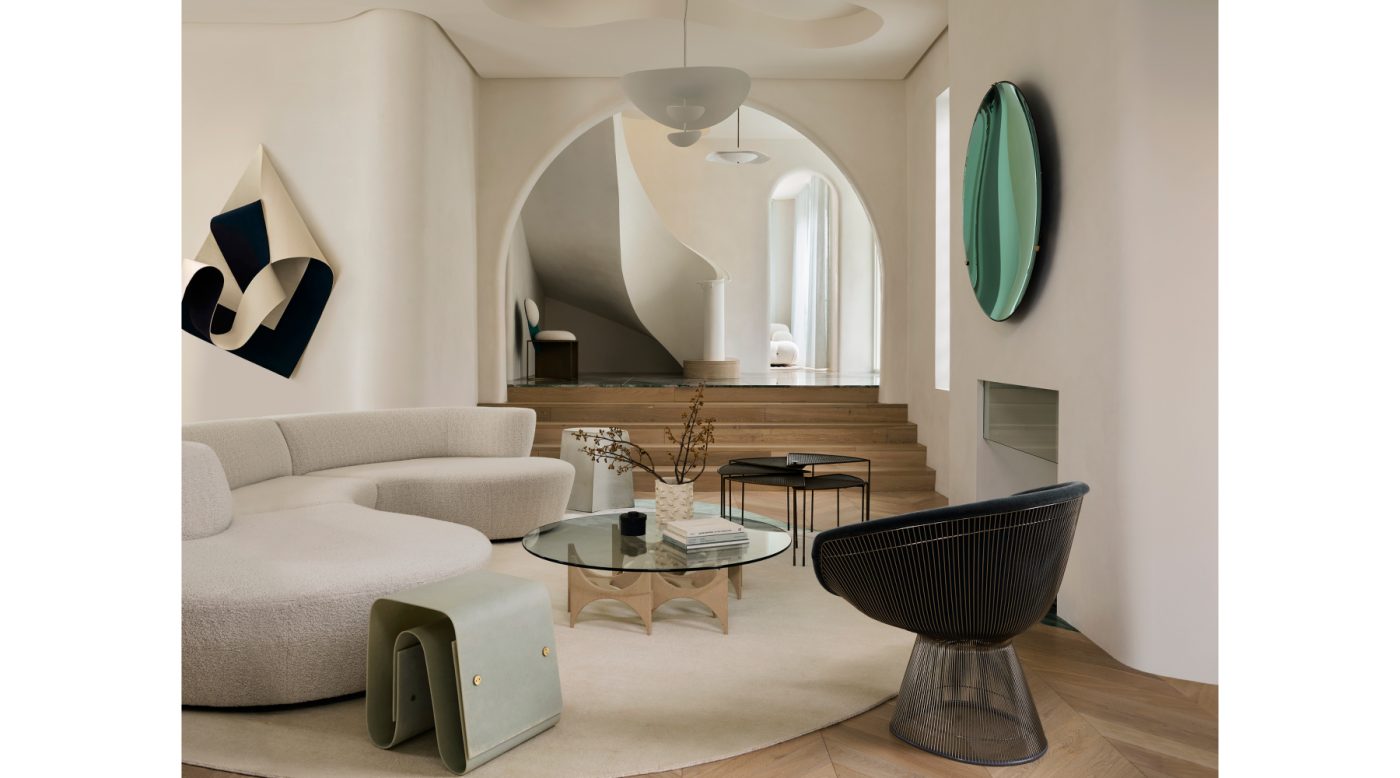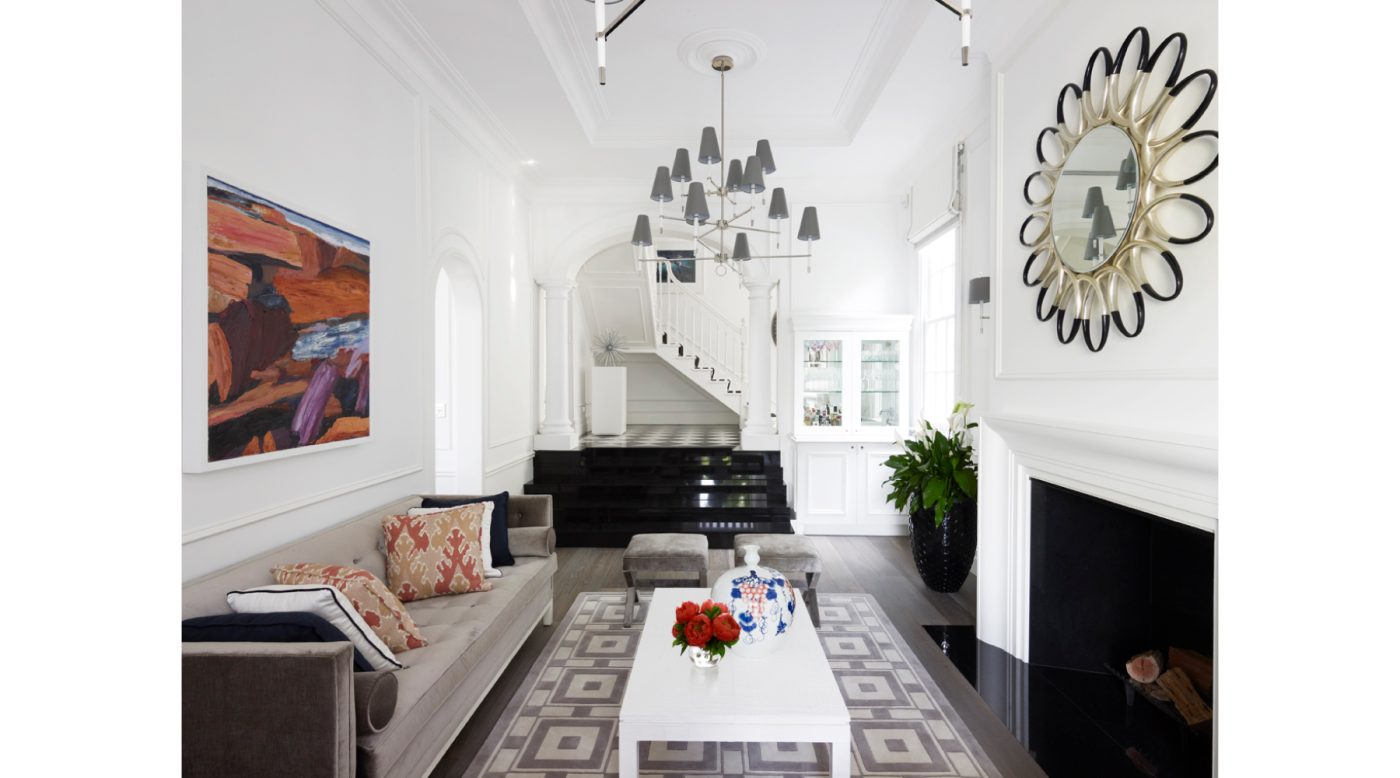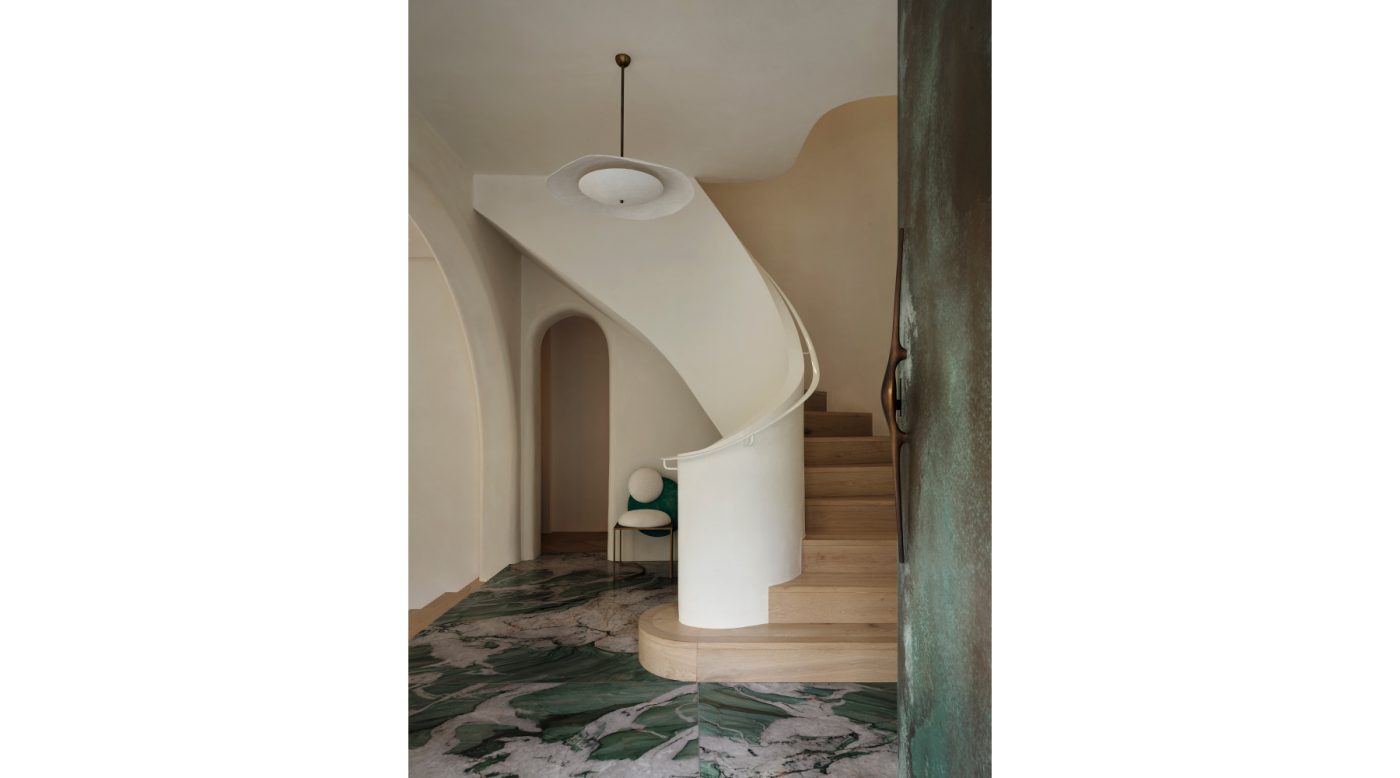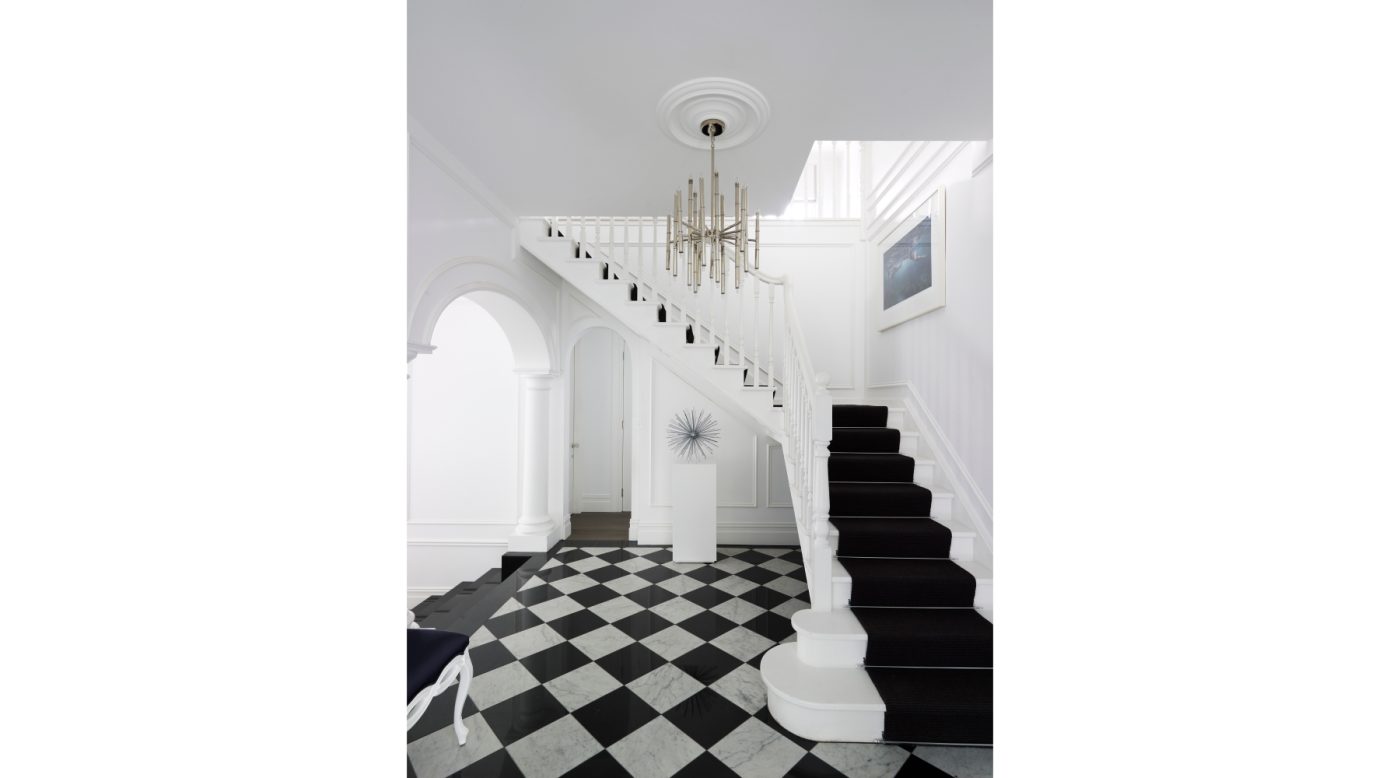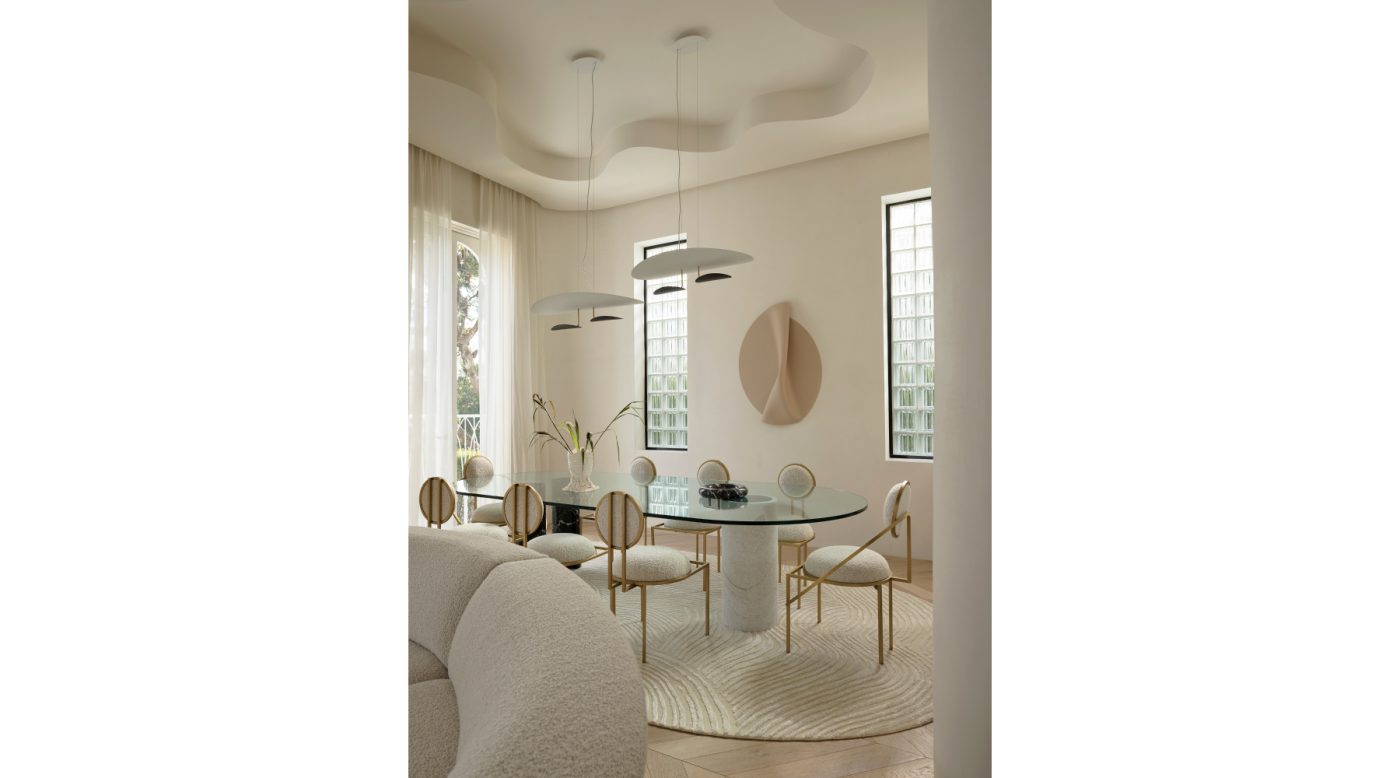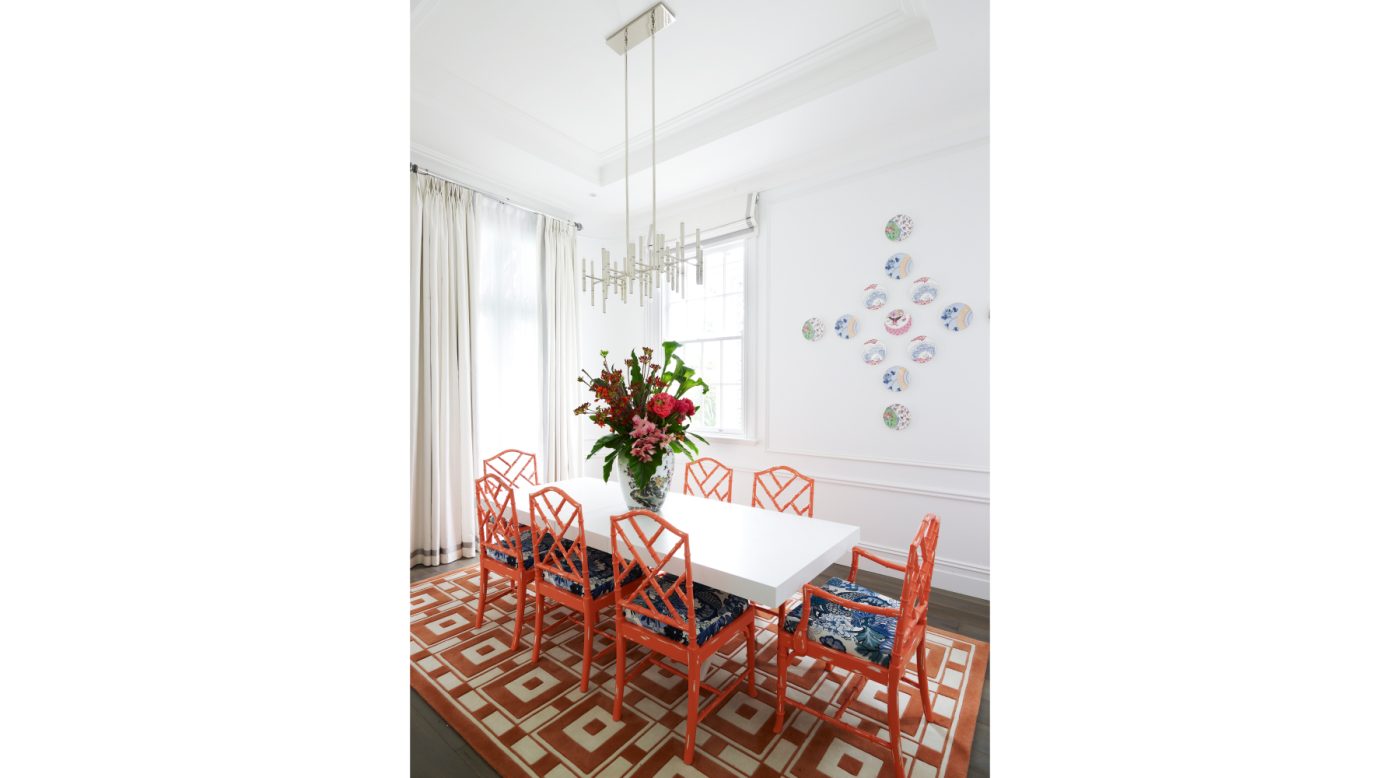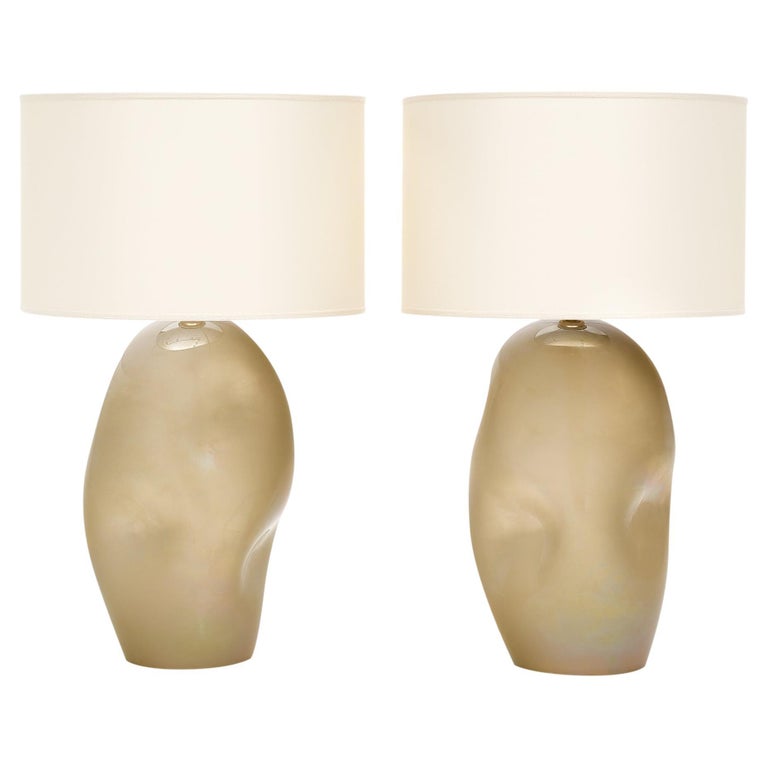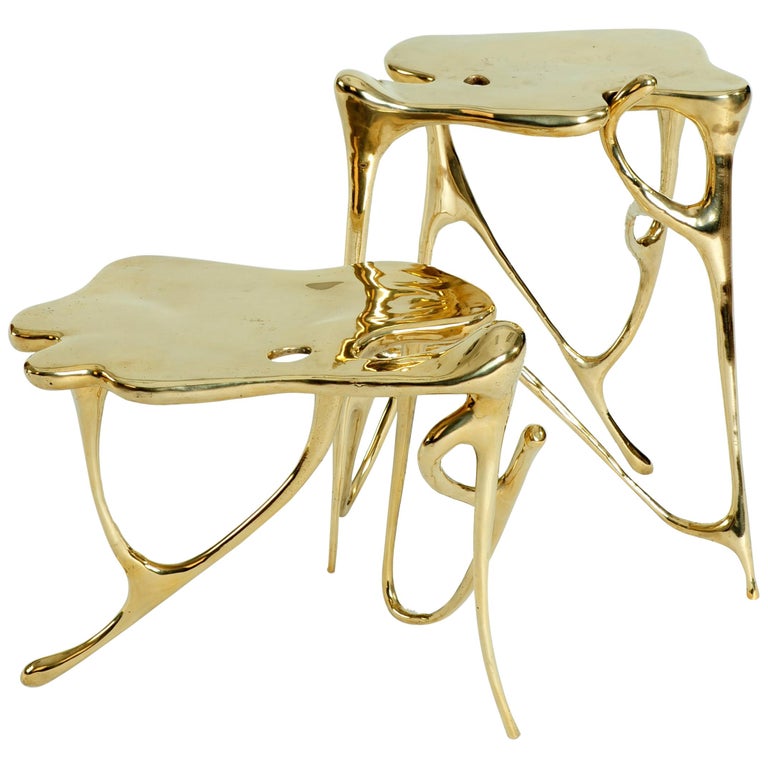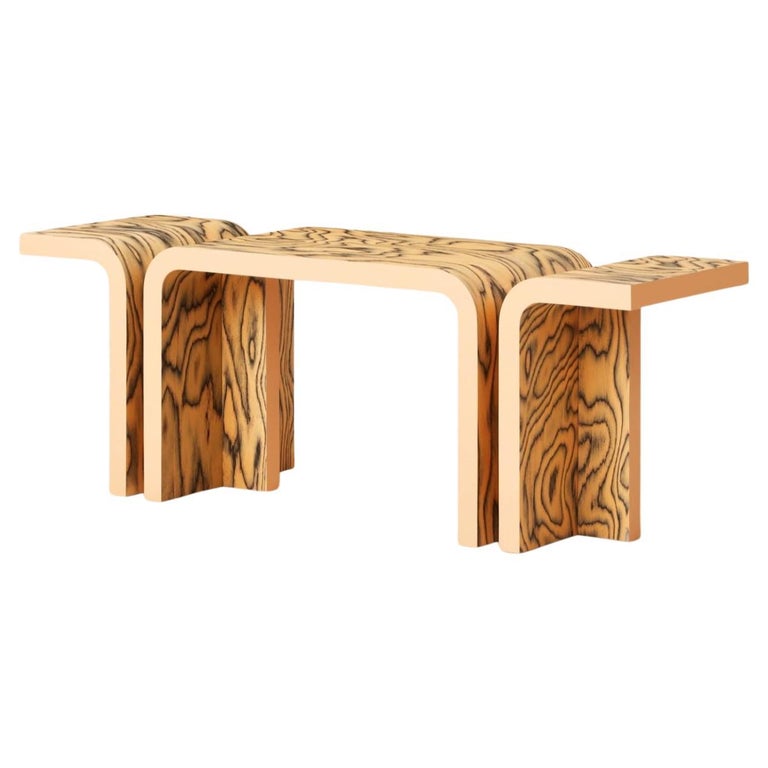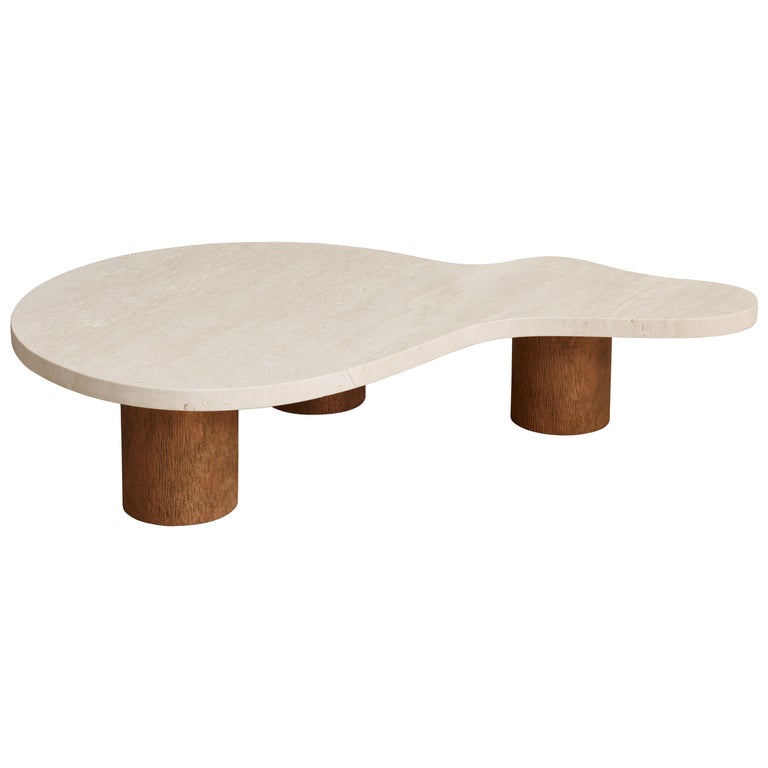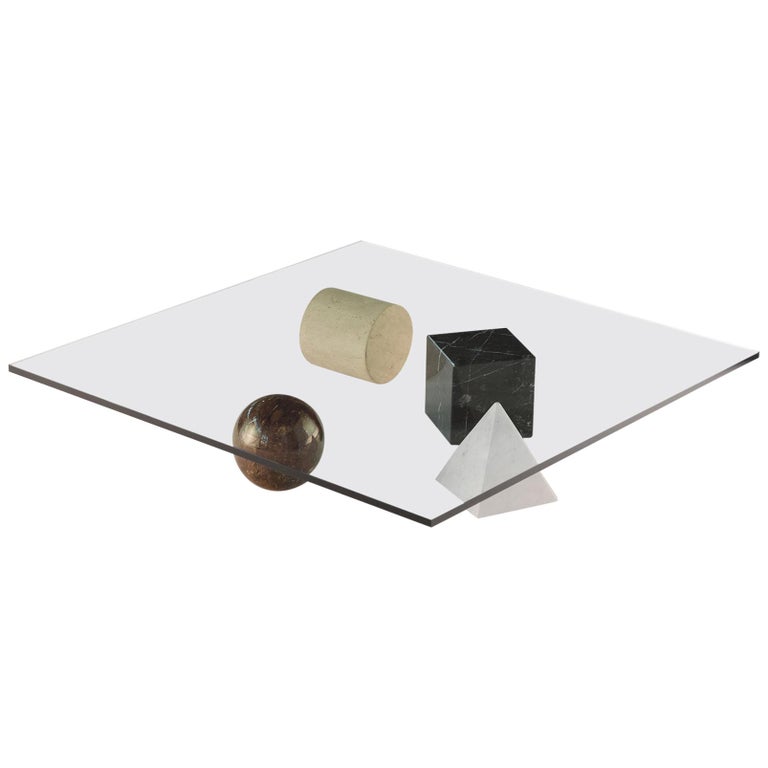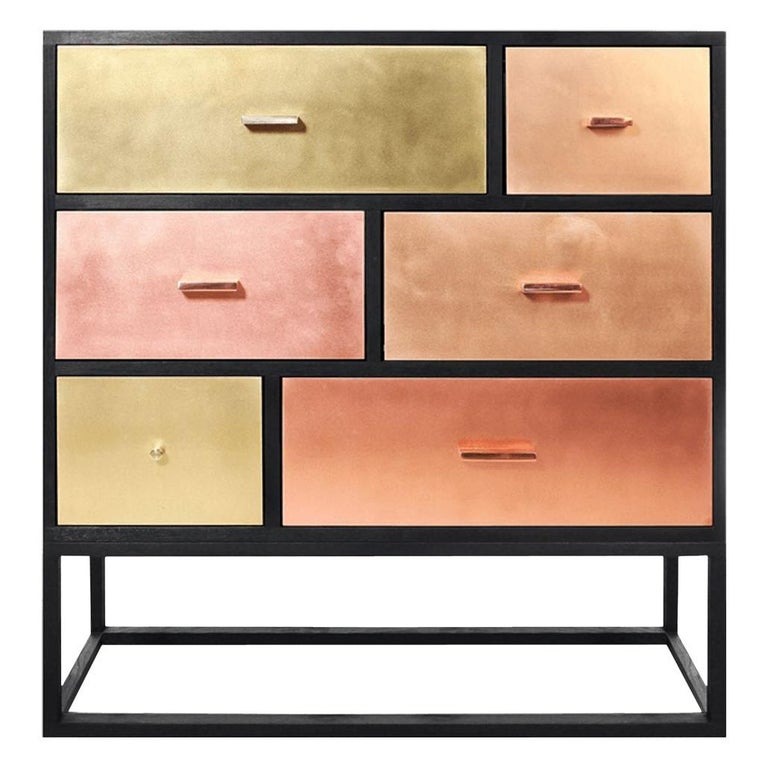October 26, 2024In the early aughts, the monastic minimalism of British architectural designer John Pawson was all the rage in Sydney, Australia, as it was just about everywhere else. But native son Greg Natale, who launched his eponymous design firm in 2001, decided to take a different tack. To get himself noticed fast, he produced a one-bedroom apartment in which the walls, blinds and bed linens were all adorned with the same linear motif. (It even figured in the art!)
The one-pattern look caused a style sensation. Aussies awakened again to the power of print and the drama of decor. Natale’s phone started ringing, and more than 20 years later, it hasn’t stopped.
Natale was part of a wave of young designers, among them Kelly Wearstler and Jonathan Adler, who rebelled against austere spaces by emulating the maximalist bravado and entrepreneurial brilliance of the British postwar designer David Hicks, who, in the 1970s, pioneered a lifestyle brand propelled by bold color and geometric prints.
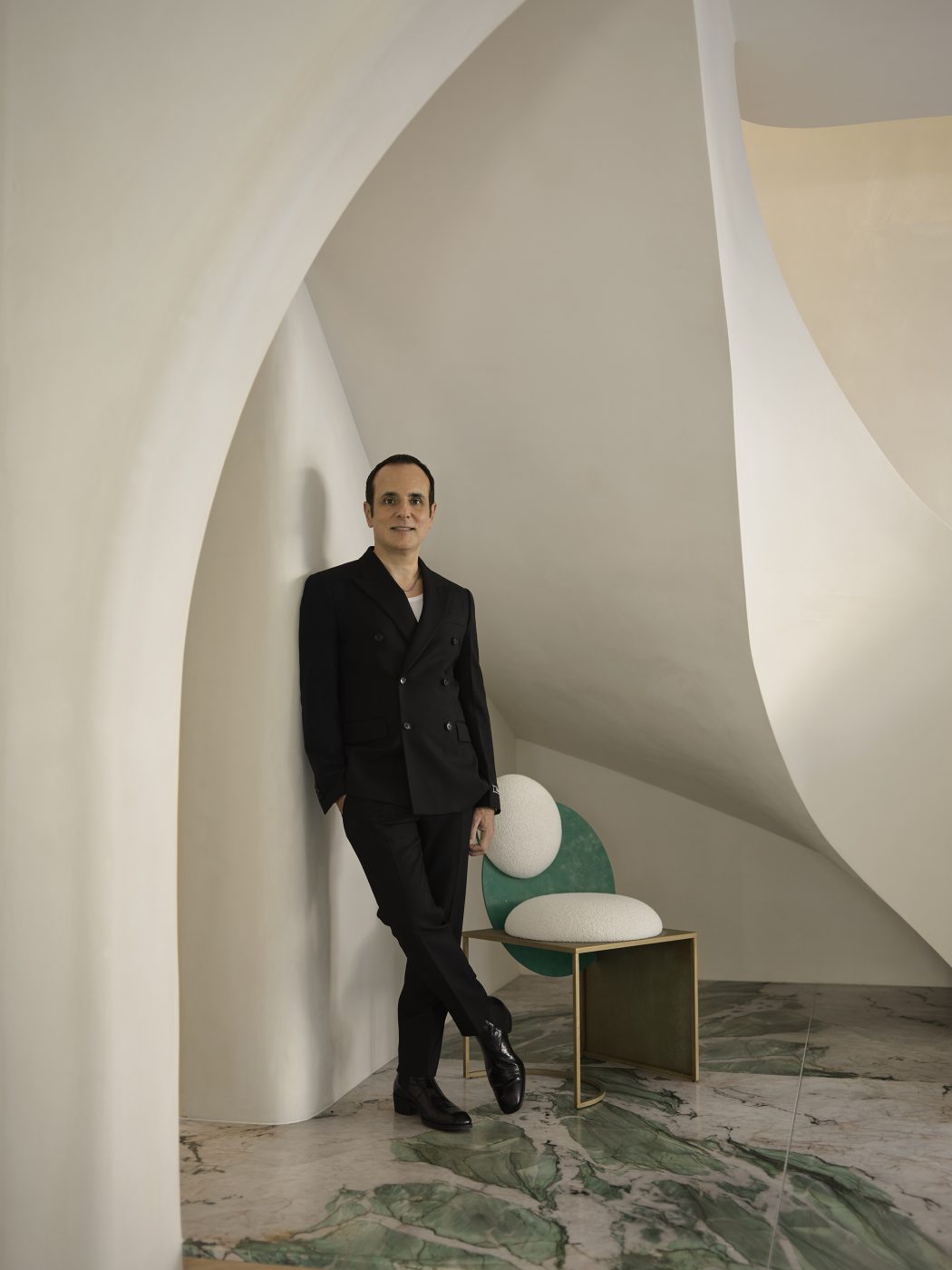
Ironically, when Natale was in design school, he was captivated by the rigor and clarity of another British ascetic, the architect David Chipperfield. So, when he discovered Hicks’s pattern-mad decor, he decided to layer that style on Chipperfield’s clean lines to create his own signature approach to interiors.
As Natale’s project portfolio grew, there were, he says, “new layerings and fusions.” He fell under the spell of the glam, gutsy mid-century modernism of the American architect Paul Rudolph, while also being captivated by the poetic rationalism of the 20th-century Italian master Gio Ponti. Within a decade, says Natale, “I was doing Hollywood Regency without even intending to!”
It was about then that he was approached by a local young couple with two young children to convert an Italianate two-apartment house, built in the 1930s in the posh Sydney suburb of Bellevue Hill, into an entertainment-friendly single-family home. The couple was keen to have the full Natale look: geometric-patterned floors and rugs, a limited palette with pops of color and metallic and mirrored decorative accents.
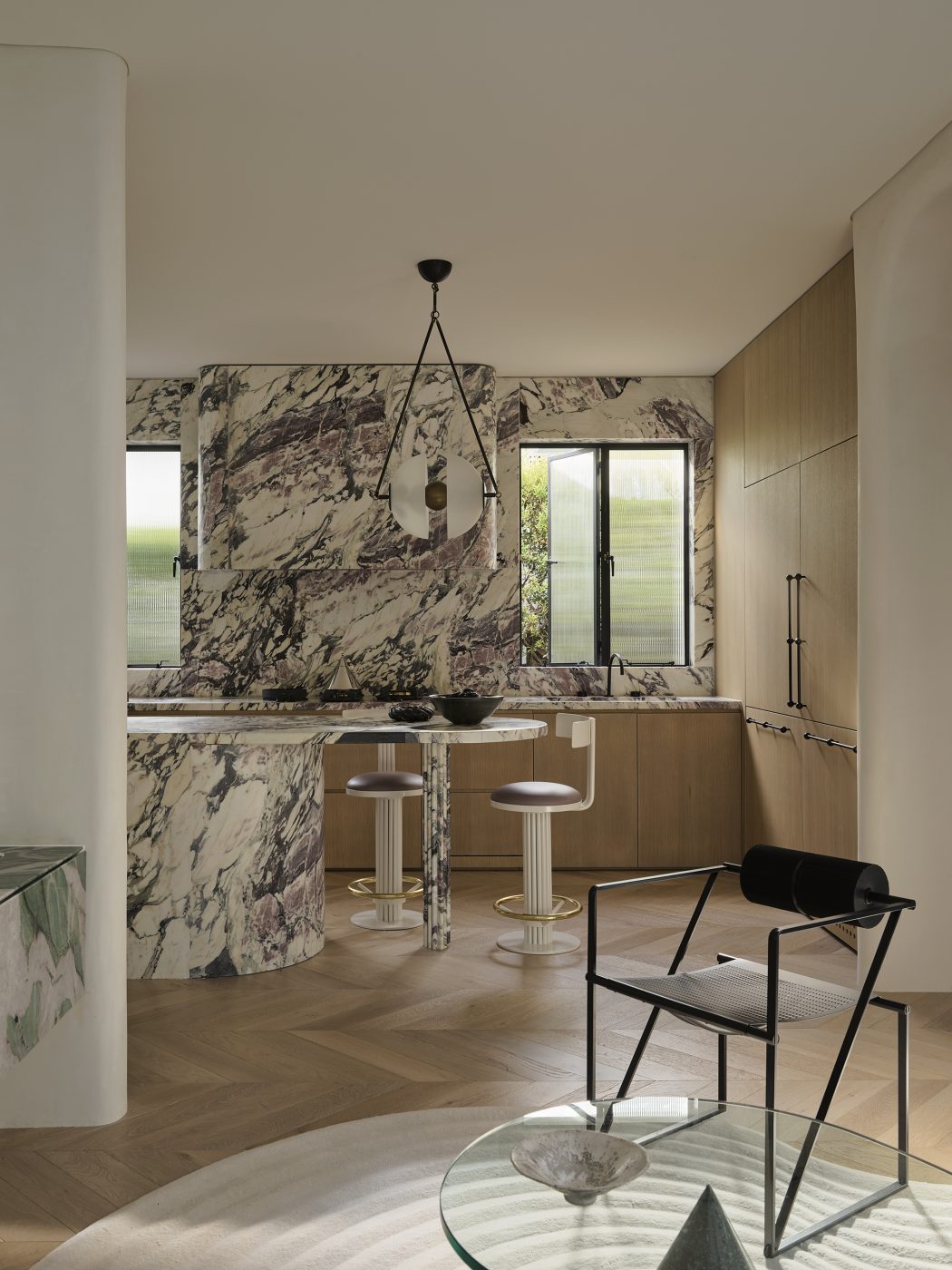
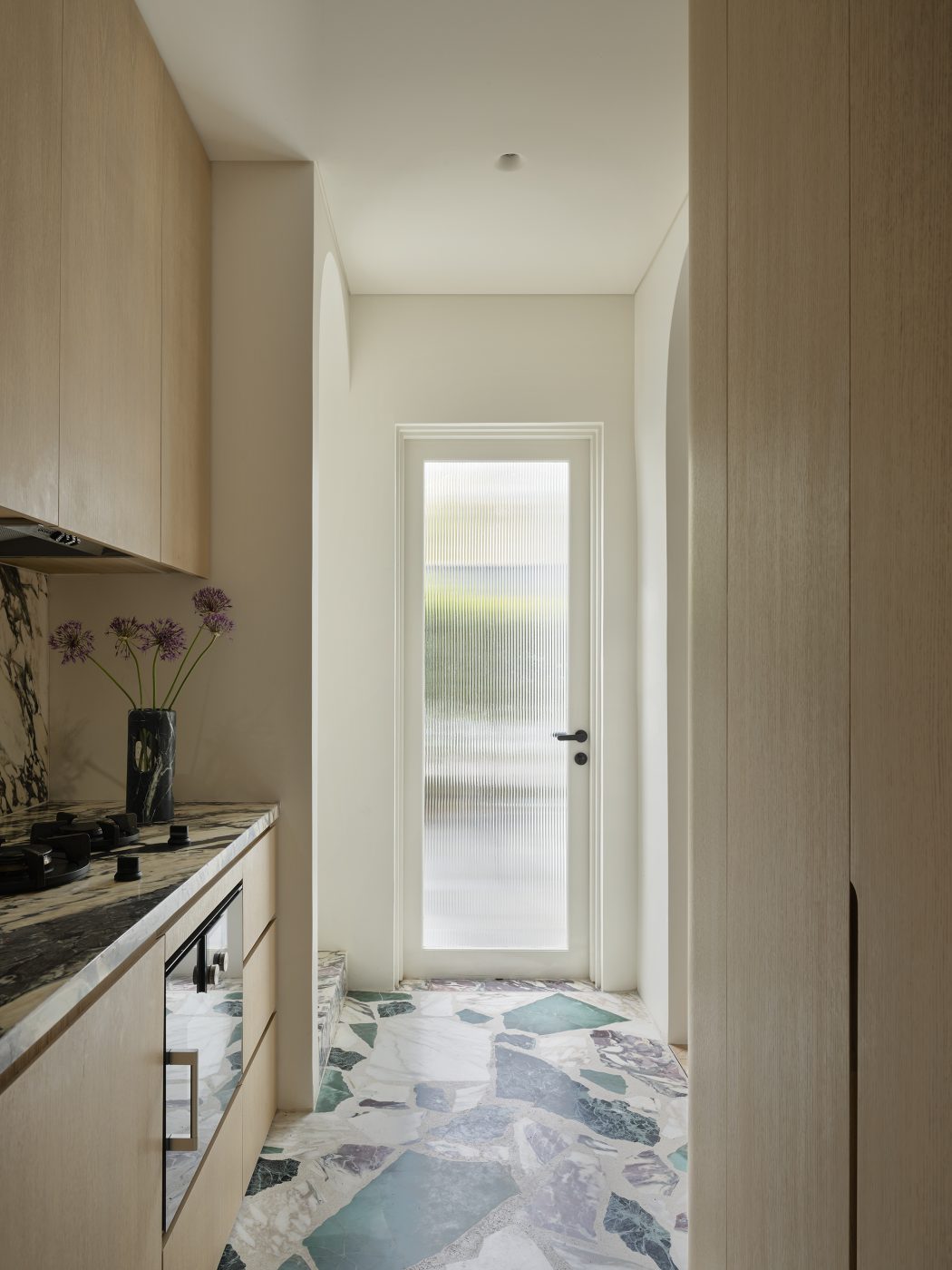
But they wanted, as well, a generous helping of classical architectural detailing, which Natale softened with touches of chinoiserie. For big-party drama, he created dual sunken living and dining spaces. He also designed all the millwork, cabinetry and rugs — the last are now part of his retail offerings — while sourcing much of the furniture from his American comrade in style Adler. It was Adler, in fact, who wrote the introduction to Natale’s first book on decorating, published in 2015, The Tailored Interior. (Martyn Lawrence Bullard wrote the foreword for his second, The Patterned Interior, published by Rizzoli, in 2018.)
A decade or so later, that family moved on, and the house’s new owner, a recently divorced socialite with a teenage son and daughter, contacted Natale. She didn’t want to stick with the existing decor, but she admired Natale’s work, especially now that his stylistic focus had shifted decidedly to Europe, with an emphasis on 1980s French minimalism.
She commissioned him to conjure a serene sanctuary with continental sophistication — “We looked to Paris, and we looked to Milan,” says Natale. The client also asked him to evoke the organic feel of Greek vernacular architecture. “Her ancestry is Greek,” he explains. Finally, she wanted a home that was supremely sumptuous. Natale delivered, as sensationally as ever.
Indeed, the contrast between the old and new interiors is striking, and clear proof of the breadth of this designer’s talent. Interestingly, he and the homeowner had started off thinking the predominant palette would remain black and white, but they quickly realized that something softer, more neutral was called for.
Instead of black marble for the floors, for instance, they chose a handsome pale oak. The client, however, loved the luxe earthiness of marble, so she imported five different varieties from Italy to be used in the entry, kitchen and bathrooms. (Natale, too, loves the material, which he used for various pieces in the house, and which figures prominently in the collection of decorative accessories he’s designed.)
“Originally,” says Natale, “the house had beautiful interior curves, and she wanted to bring those back, which we did, only more so, with a wavy coffered ceiling and a sinuous staircase. We made the house a kind of live-in sculpture. It’s very Zen, very calm.”
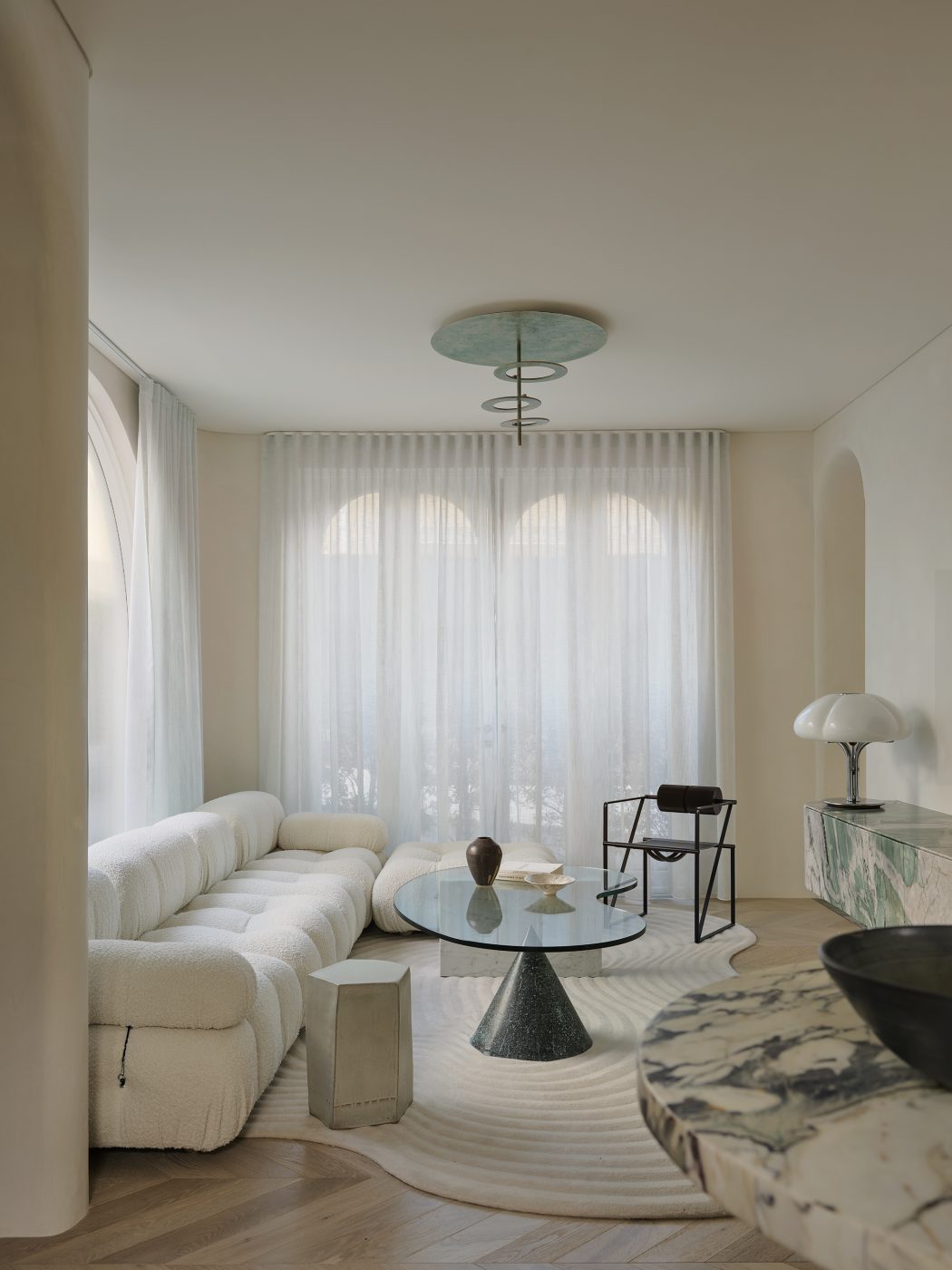
From the moment you walk through front door, with its aged-bronze patinated finish, you feel Natale’s fascination with Milanese design, as the entry evokes the understated grandeur and spatial lyricism of Piero Portaluppi, the Milanese architect who in the 1930s created the impeccable Villa Necchi.
Here, Natale established the cool, spare, yet seductive ambience of the entire house, and he did it with just a handful of elements, each of them exquisite: a single commissioned pendant light by the Melbourne-based artisan Anna Charlesworth; a solitary chair of perplexing geometry by London-based designer Lara Bohinc, sourced on 1stDibs; a winding staircase; walls covered in a pale custom clay wash; and a stunning floor of Patagonia Verde marble.
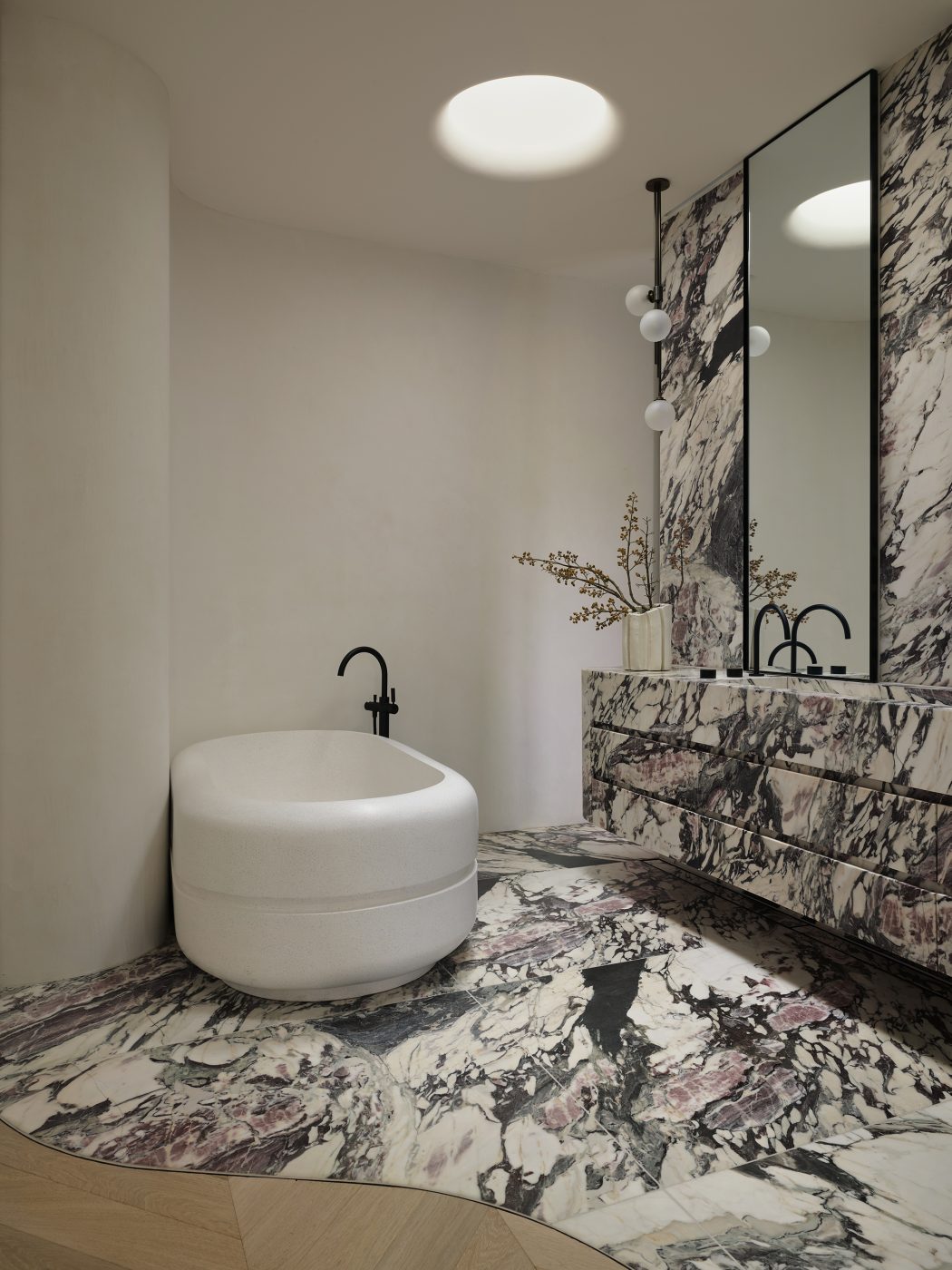
The gorgeous living room is now pale and enveloping, in contrast to the glittering swank of its previous incarnation. Although its vibe is Parisian chic, it stars such icons of American mid-century design as a Warren Platner armchair and a Vladimir Kagan Curved Cloud sofa, another 1stDibs find “There aren’t many vintage shops in Australia,” says Natale. “I don’t know what we would do without 1stDibs. It’s incredible!”
In a subdued but pleasing play of line and curve, the stately adjoining dining area features a vintage Massimo and Lella Vignelli glass-and-marble table for Casigliani and Bohinc’s Orbit dining chairs. Adorning a wall is a felt sculpture by the Australian artist Sarah S. Robson, whose work is featured throughout the house.
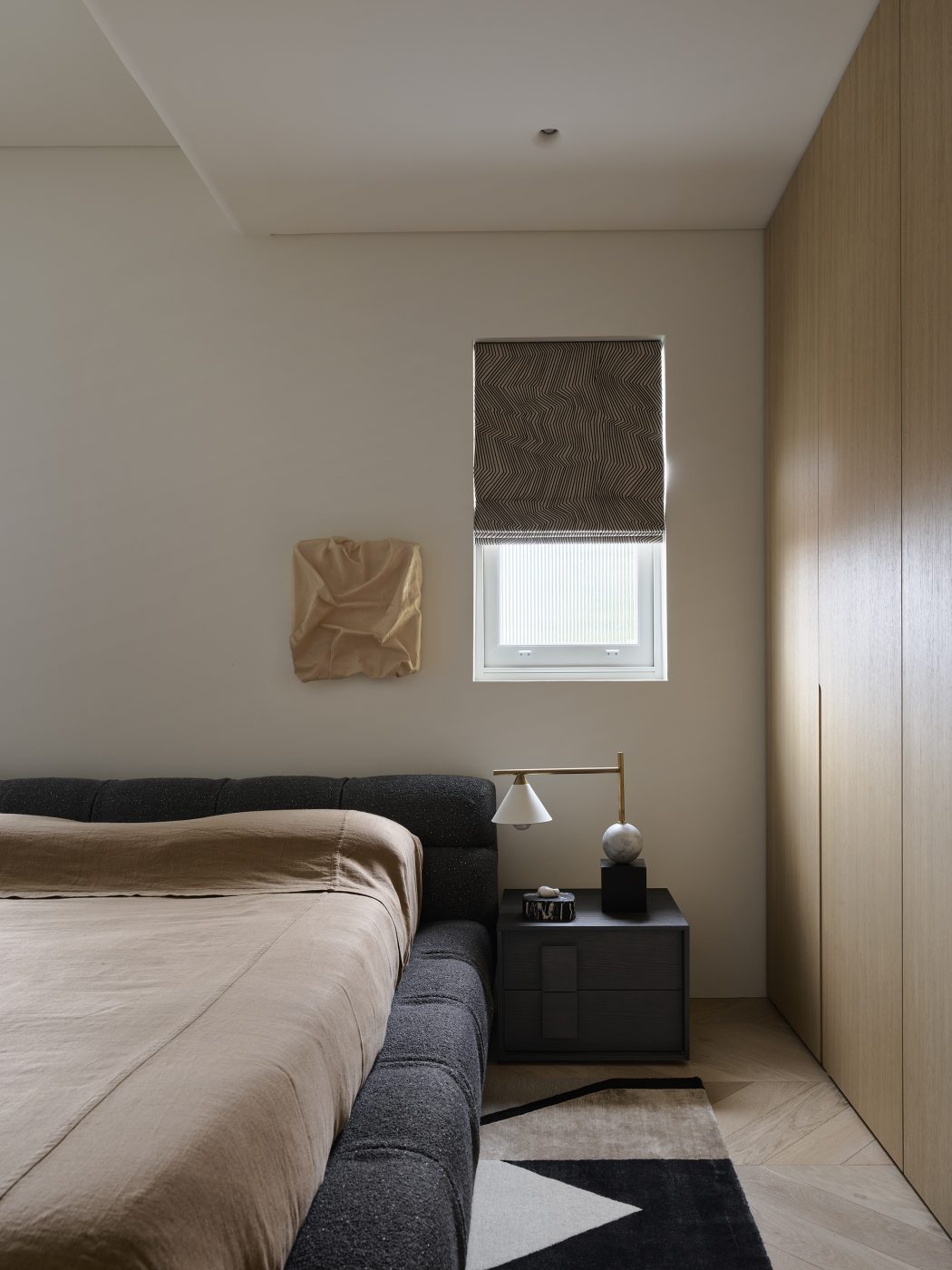
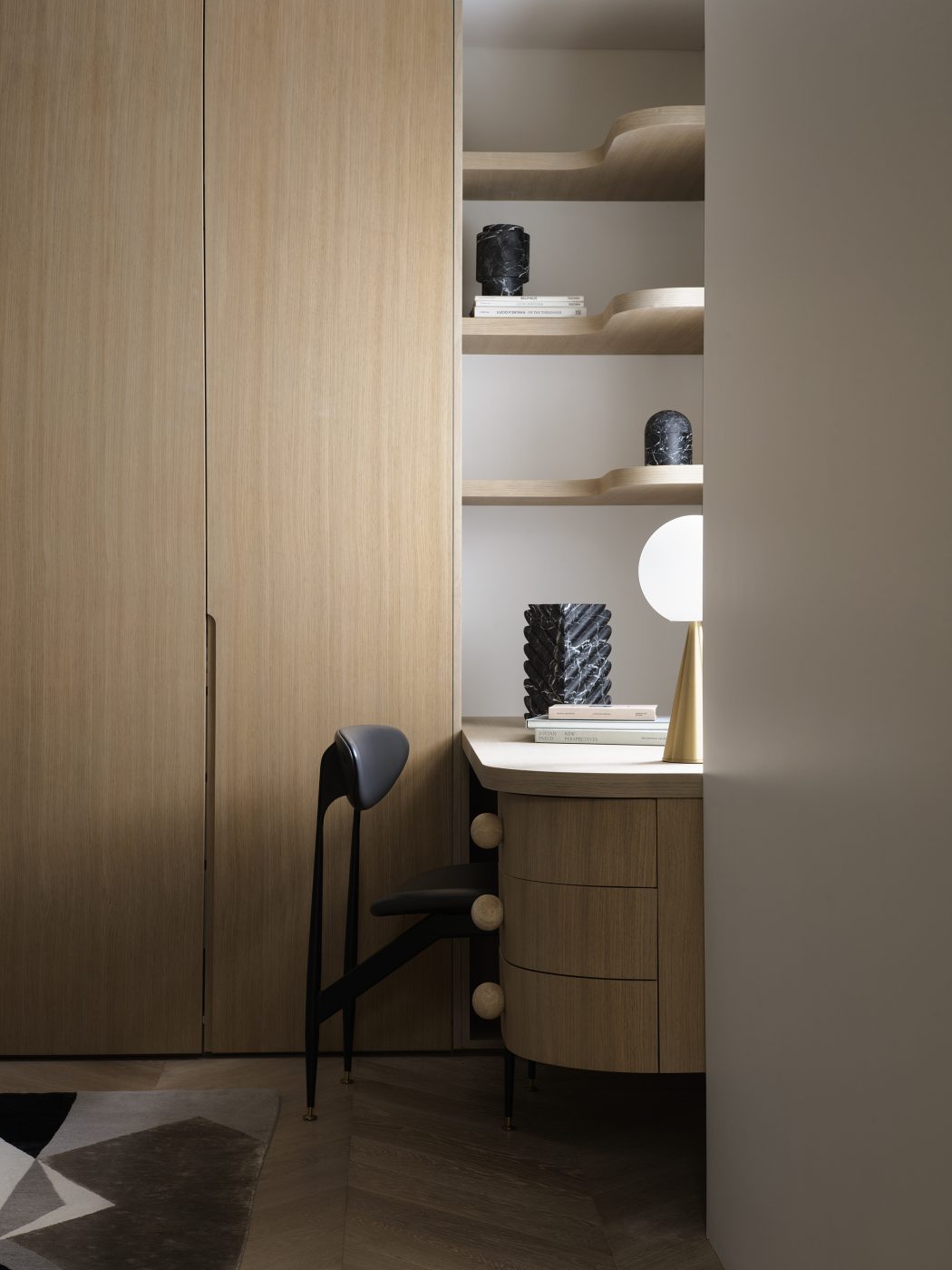
Line and curve quietly converse again in the luminous Italian-accented media room, another realm of muted tones, which Natale furnished with a Mario Bellini Camaleonda sofa for B&B Italia, a vintage KonO coffee table by the Vignellis, Gae Aulenti’s Quadrifoglio table lamp and Mario Botta’s iconic Seconda chair, all of which sit on a rug custom designed by Natale.
The adjacent kitchen, by contrast, is a boisterous celebration of the colorful splendor of Breccia Capraia marble. Meanwhile, the powder room, with its aquamarine stucco walls, is a veritable paean to the halcyon beauty of Verdi Alpi marble, a huge slab of which serves as the counter and sink. Upstairs, the primary suite’s bathroom is another design alleluia to the multihued glory of Breccia Capraia, while the other bathrooms pay tribute to the rich beauty of two other marbles, Arcadia and Calacatta Vagli.
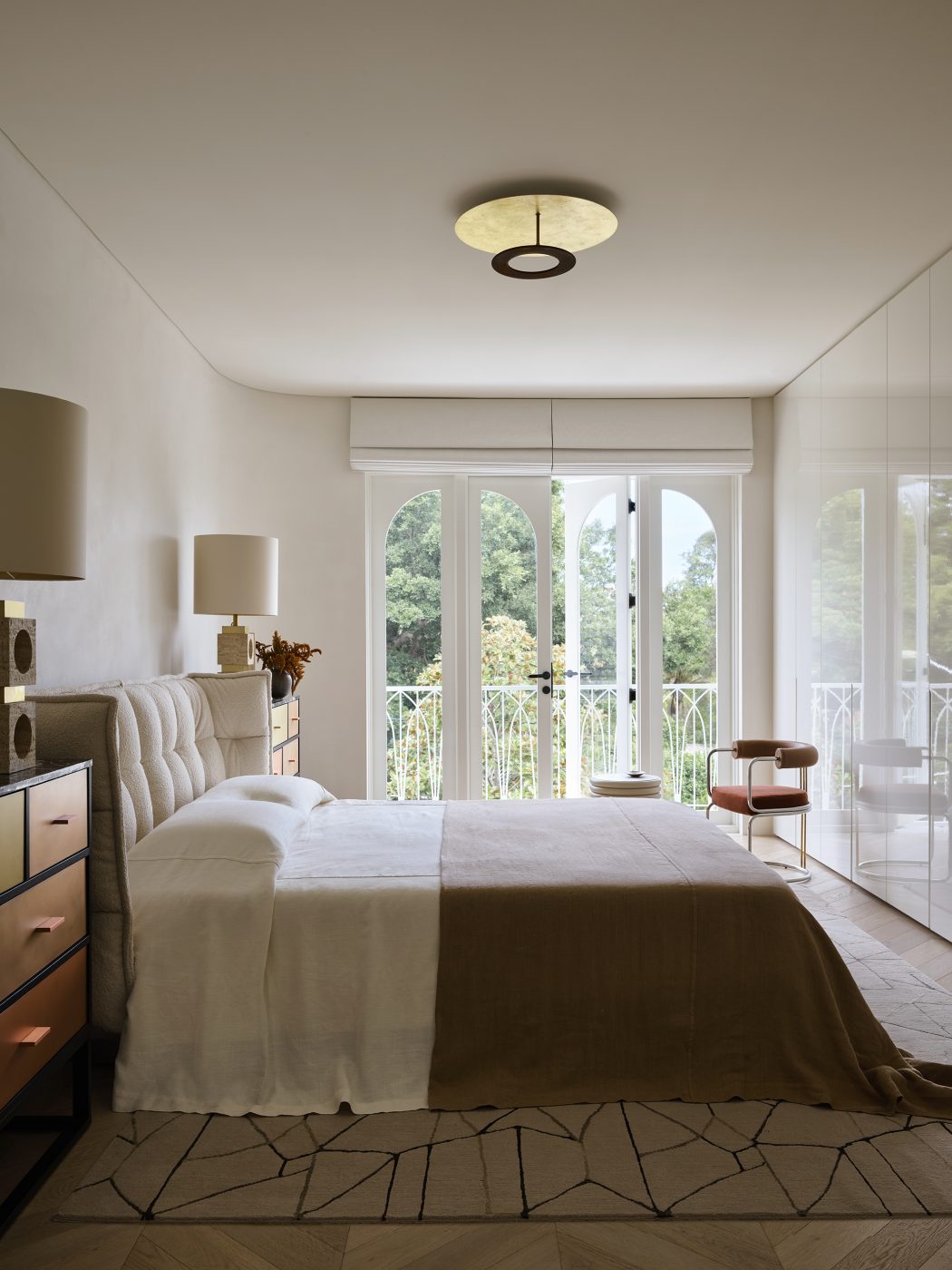
As for the client’s bedroom, it is a study in spare refinement. Natale furnished it with Patricia Urquiola’s embracing Husk bed for B&B Italia and twin dressers from the Latvian luxury furniture maker Kanttari with marble tops and engaging drawer fronts in various metals, which he found on 1stDibs.
The client didn’t want cutesily themed spaces for her adolescent children. Instead, she requested that Natale design retreats with a low-key élan they would grow into. Which is fitting, because within the oeuvre of Greg Natale, this house is as much a study of how style evolves as of how it endures.
